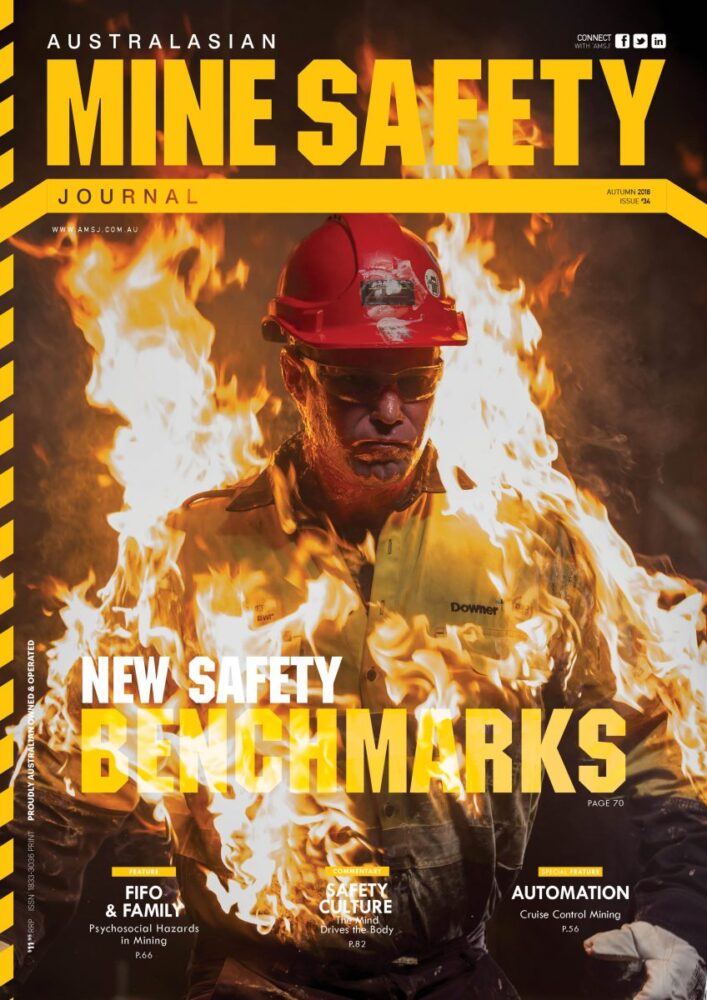Will health and safety roles exist in 20 years? If so, what will they look like? Is “professionalisation” a good thing? Does the defining of best practice put a damper on creativity and innovation, or does it provide a context for innovation?
These are some of the big questions in the field of health and safety today. You can see them being wrestled with at conferences and symposia, in discussion and debate in networks both formal and informal, calmly in reflective discussions, and sometimes hysterically on social media where the level of anxiety and fear of the unknown future is reflected in the strident language of particular ideologies.
There is absolutely nothing new about these questions. They have been asked for decades and will be asked for decades to come – in all professions. There is always endless debate about schools of practice, and ours is not the only profession where science and psychology and/or human systems and human behaviours intersect, creating complexity in practice.
In every profession there is anxiety about the future of work, technological change in its many forms and its impacts on the future of jobs and whole professions.
“Will there be a place for us in the future, and if so, what will that place be?” is the ever-present question, and as the pace of change accelerates, the level of anxiety about the answers escalates.
Some in the profession are strongly focused on the debates on these questions and consider them at the heart of all things, while others consider them a distraction to the real work and simply get on with the job, looking for the tools they need to produce better results.
In a healthy profession, the truth is somewhere in-between. So much of the debate can be hot air, but on the other hand, great evidence-based knowledge, well shared in a way which can be well heard, floats to the top and influences systemic change and evolution.
Our work at the Safety Institute of Australia is to support the growth of capability within the professions, and the way we do this is to provide the framework for this change and evolution to occur. We support the big questions being asked, seeking to capture what is learnt and reflecting it back in a way which progresses knowledge, skill and capability.
The core elements of this framework are:
1. The provision of a foundation knowledge base: building on what we know. The Australian OHS Body of Knowledge (www.ohsbok.org.au) is today creating greater consistency in higher education for health and safety. It is constantly evolving and being updated as evidence flows from research and evaluation of health and safety in practice.
2. Education assurance: working towards quality and consistency. We auspice the Australian OHS Education Accreditation Board (www.ohseducationaccreditation.org.au) through its accreditation of OHS higher education courses in Australia, and undertake advocacy to provide both content and delivery of WHS VET curriculum.
3. Clarity of roles and the knowledge and skill requirements for those roles: Historically, the health and safety profession has lacked a framework which describes functional WHS roles at different levels as well as the knowledge and skill requirements of each. The Global OHS Professional Capability Framework (www.inshpo.org/work) now provides this for the first time.
4. Capability assurance:providing certification of the profession. With certification already underway for decades in the UK, USA and Canada, we are slow to the party but are now underway. We certify health and safety people at three levels in an international-standard program designed to help promote the profession and provide greater confidence in the profession among industry.
5. A career learning framework: improving the standard of professional development for health and safety people. The Australian OHS Training and Professional Development Framework (informed by the Body of Knowledge and the Global OHS Capability Framework). The health and safety training and professional development market is fragmented and ill-targeted. Rather than just becoming another provider in the training space, we are currently working on a new national framework for training, articulated against the Global OHS Professional Capability Framework, to identify and promote training that meets standards we can attest to.
These five key elementsare a standard part of virtually all well-developed professions. They enable us all to bring together and capture new knowledge and put it to work. The big questions will continue to be discussed and debated, and to support this we will keep providing spaces and places for rational discussions and debates.
As the evidence emerges to evolve what is seen as good practice, we fold the new knowledge into the Body of Knowledge, the capability framework, certification assessments and CPD, so that we maintain momentum in evolving health and safety practice.














Add Comment